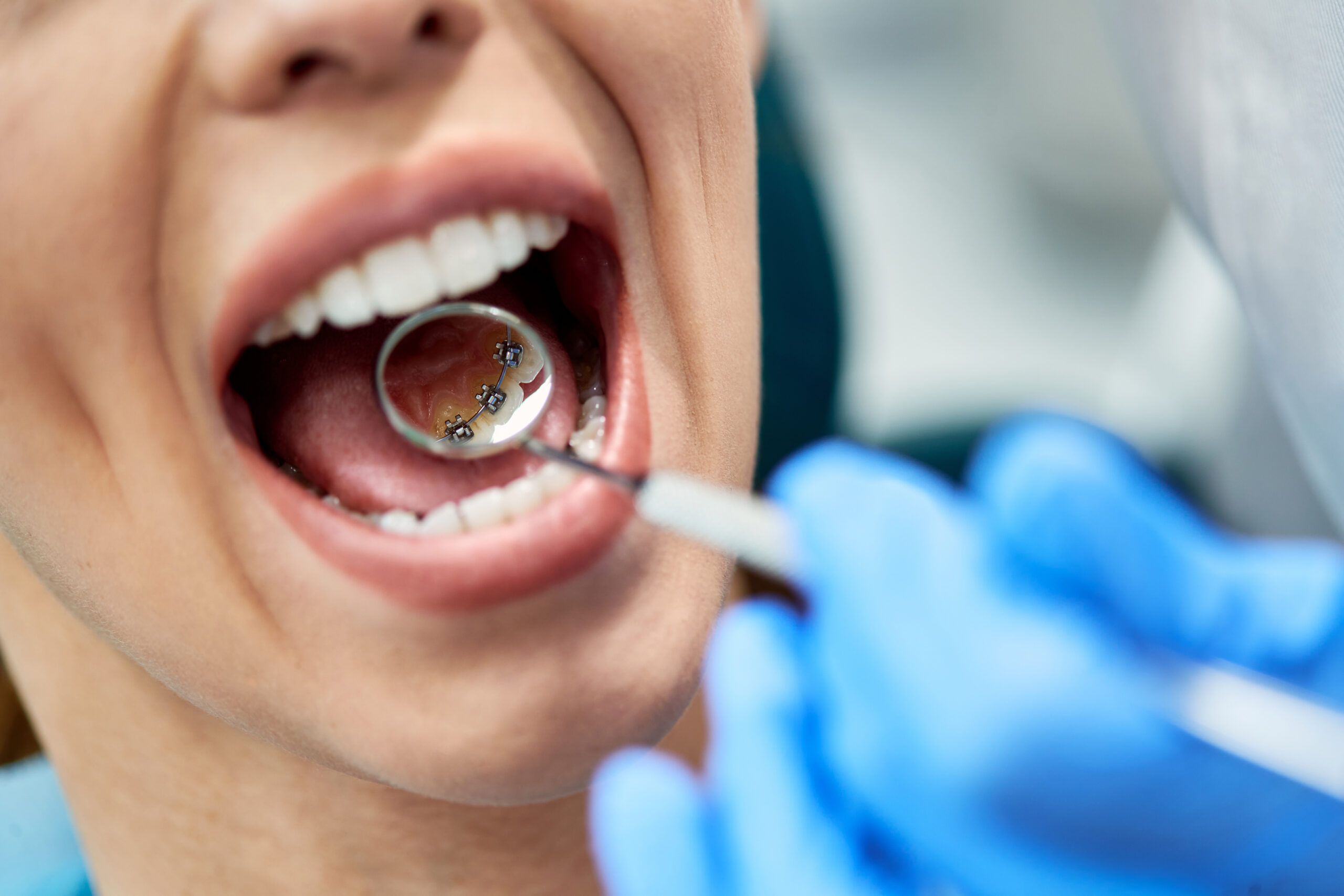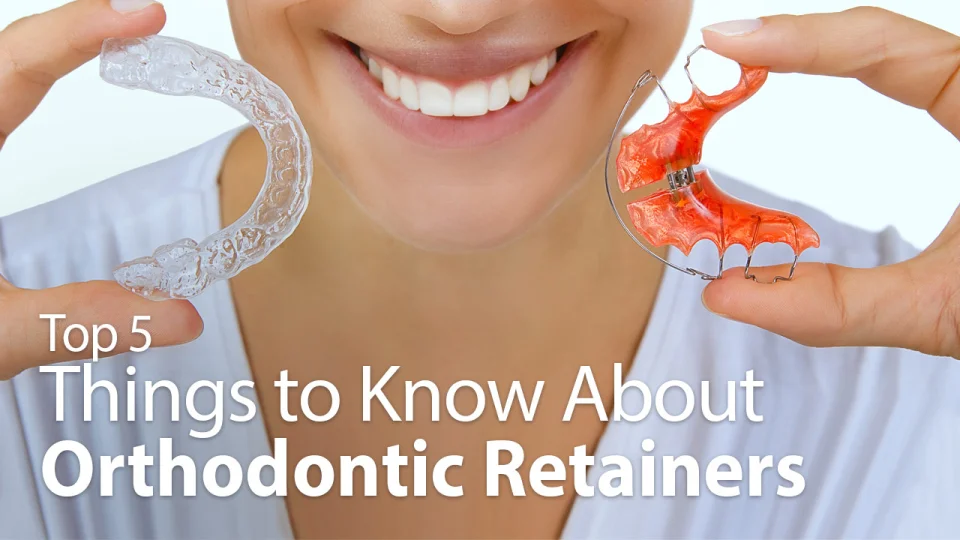Legacy Orthodontics - Questions
Legacy Orthodontics - Questions
Blog Article
The Basic Principles Of Legacy Orthodontics
Table of ContentsThe smart Trick of Legacy Orthodontics That Nobody is Talking AboutSome Known Details About Legacy Orthodontics The Of Legacy OrthodonticsThe 20-Second Trick For Legacy OrthodonticsThe 9-Minute Rule for Legacy Orthodontics
In enhancement, we provide adjustable therapy timetables, versatile repayment alternatives and an enjoyable, enjoyable experience.An orthodontist is a dental practitioner trained to detect, stop, and treat teeth and jaw irregularities. Orthodontists function with individuals of all ages, from kids to adults.
Malocclusion, or misaligned teeth, can result in dental concerns, including tooth degeneration, gum tissue disease, and hard or unpleasant eating. Not everyone is birthed with straight teeth. If you have a bad bite or big rooms in between your teeth, you may desire to seek advice from a dental professional concentrating on orthodontic treatment.
Excitement About Legacy Orthodontics
( Picture Credit Rating: DigitalVision/Getty Images) Orthodontists utilize taken care of and removable dental tools, like braces, retainers, and bands, to change the position of teeth in your mouth. Orthodontic therapy is for dental abnormalities, consisting of: Crooked teethBite issues, like an overbite or an underbiteCrowded teeth or teeth that are as well much apartJaw misalignmentThe goal of orthodontic treatment is to boost your bite.
A healthy and balanced bite guarantees you can consume, eat, and speak properly. While you may think about orthodontists as generally for children or teenagers that require dental braces, they can remedy oral problems at any age. Orthodontists attend university, oral school, and orthodontic institution. After graduation, they spend 2 or 3 years in an orthodontic residency program.
All orthodontists are dentists, however not all dental practitioners are orthodontists. Orthodontic residency programs use extensive, focused instruction for dental experts. They focus on two locations: Just how to appropriately and securely relocate teeth How to effectively direct advancement in the teeth, jaw, and faceOnce an orthodontist has completed training, they have the choice to end up being board licensed.
Some Known Facts About Legacy Orthodontics.
Malocclusion leads to tooth congestion, a misshapen jaw, or irregular bite patterns. Malocclusion is generally treated with: Your orthodontist affixes steel, ceramic, or plastic square bonds to your teeth.
If you have just small malocclusion, you might have the ability to make use of clear dental braces, called aligners, as opposed to conventional dental braces (https://www.twitch.tv/legacyortho/about). Some people require a headwear to aid relocate teeth into line with stress from outside the mouth. After braces or aligners, you'll need to use a retainer. A retainer is a customized device that maintains your teeth in place.
They're frequently made use of on children. They can produce additional space in the mouth without having to draw teeth. If you have a serious underbite or overbite, you could require orthognathic surgical treatment (likewise called orthodontic surgery) to extend or shorten your jaw. Orthodontists utilize cords, surgical screws, or plates to support your jaw bone.
You may need to see an orthodontist if you have: Crowding or not adequate room for all of your teethOverbite, when your upper teeth come your base teethUnderbite, when your base teeth are too much forwardSpacing or concerns with gapsCrossbite, which is when your upper teeth fit behind your bottom teeth when your mouth is closedOpen bite or a vertical gap between your front base and upper teethMisplaced midline, when the center of your bottom and top teeth don't line up Dealing with a dental malocclusion can: Make attacking, eating, and speaking easierImprove the symmetry of our face and your general appearanceEase discomfort from temporomandibular joint conditionsDifferent your teeth and make them easier to clean, helping prevent dental caries or cavities It's often a dental professional that first notifications misaligned teeth throughout a regular exam.
The Single Strategy To Use For Legacy Orthodontics

During your first orthodontic examination, you'll likely have: An oral examPhotos taken of your face and smileDental X-raysPanoramic (360 degree) X-rays of your face and headImpressions to develop molds of your teethThese tests will assist your orthodontist recognize just how to wage your treatment. orthodontics. An orthodontist is a dental expert who's had training to treat your teeth and jaw
An orthodontist is focused on your bite, so something like a cracked tooth would be managed by a dental professional. Orthodontists are focused on your bite, or the way your teeth fit together, and the straightness of your teeth.
Ever questioned how celebrities always appear to have flawlessly straightened teeth? Orthodontists are dental specialists that focus on correcting abnormalities in the teeth and jaws.
Legacy Orthodontics Things To Know Before You Get This

While braces are one of the most generally identified orthodontic treatment, orthodontists have a diverse toolkit at their disposal. The certain strategy picked depends on the seriousness of the instance, the person's age, and individual preferences. These tried-and-true braces make use of a system of braces bonded to the teeth and attached by cords.
Clear aligners, like Invisalign, are a preferred choice for individuals looking for a much more discreet treatment option. These detachable trays are tailor-made to progressively change the teeth's position. Headgear may be used in combination with dental braces or aligners to apply extra targeted pressures, specifically for fixing jaw discrepancies. check my site In situations of narrow jaws, palatal expanders can be made use of to create room for appropriate tooth placement.
Report this page